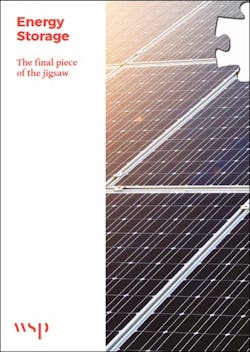Storing energy on a large scale will cut energy bills for all, reduce CO2 emissions, support the transition to the all-electric city, and could open the door to 100% renewable energy supply. It’s an area which is evolving fast. Even a few years ago energy storage was considered far too expensive to deploy on a meaningful scale.
Today there’s a wide range of technologies available from batteries to pumped hydro, and from hydrogen to flywheels and compressed air. Technology innovation is driven by the need to find a way to store intermittent, renewable electricity cheaply and also by financial incentives provided by National Grid and others to encourage users to cut use when demand is at its peak.
It’s opening up opportunities for all. The next decade will see rapid deployment of lithium ion battery technology across homes, factories, offices and of course vehicles. Driven by lower costs, financial incentives and improved technology efficiency this will complement the larger work on storage already being delivered by network operators.
Energy users and developers need to respond to this change. Just as with energy efficiency and renewables, there’s already a range of developers offering solutions, financial incentives and a bewildering array of acronyms. So companies need to get on the front foot.
The immediate action for energy users and developers is to find a clear and practical understanding of energy storage, and to then develop a practical strategy to make the most of this emerging opportunity.
